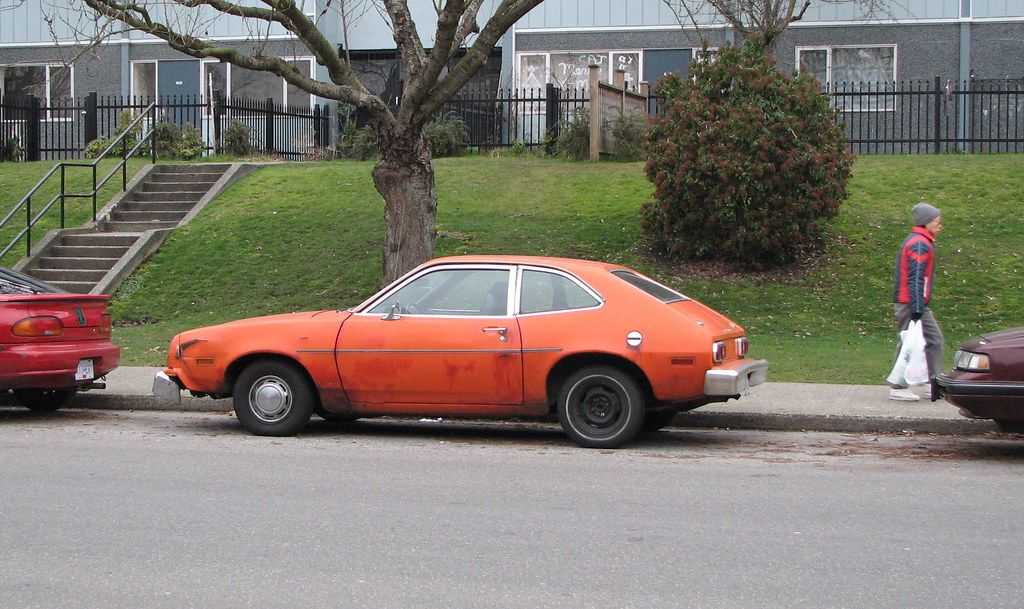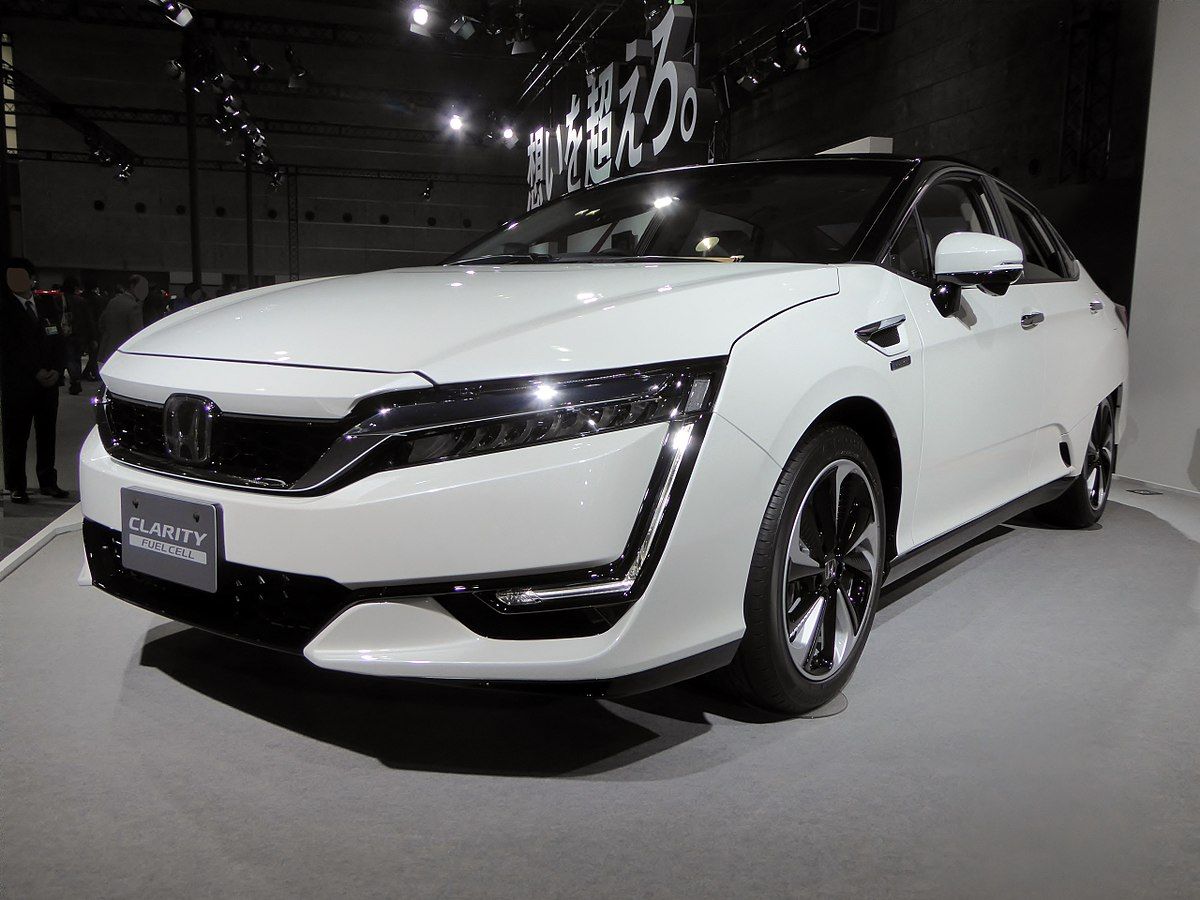
There’s arguably nothing more frustrating than constantly fighting your steering wheel just to keep your car heading in a straight line. That persistent tug to the left or right isn’t just an annoyance; it’s a clear signal that something isn’t quite right with your vehicle. A car pulling to one side can significantly detract from your driving experience, making every trip feel more stressful and, more importantly, posing a genuine safety hazard on the road.
Understanding the root cause of this drifting is the first crucial step toward a solution. Many drivers often assume a pull is always an alignment problem, but the truth is, a wide range of issues can contribute to this behavior. From simple, easily rectifiable problems like inconsistent tire pressure to more complex mechanical failures involving your suspension or braking system, pinpointing the specific culprit requires a systematic approach. Luckily, most pulling issues can be diagnosed step-by-step, and many can be fixed before they escalate into bigger, more expensive repairs.
In this comprehensive guide, we’ll dive deep into the most common reasons why your car might be pulling to one side. We’ll explore exactly what each problem means, how you can spot the tell-tale signs, and outline both quick fixes for immediate relief and long-term solutions to ensure your vehicle tracks straight and true for good. By empowering you with this knowledge, our aim is to make your drives safer, smoother, and a whole lot less stressful.
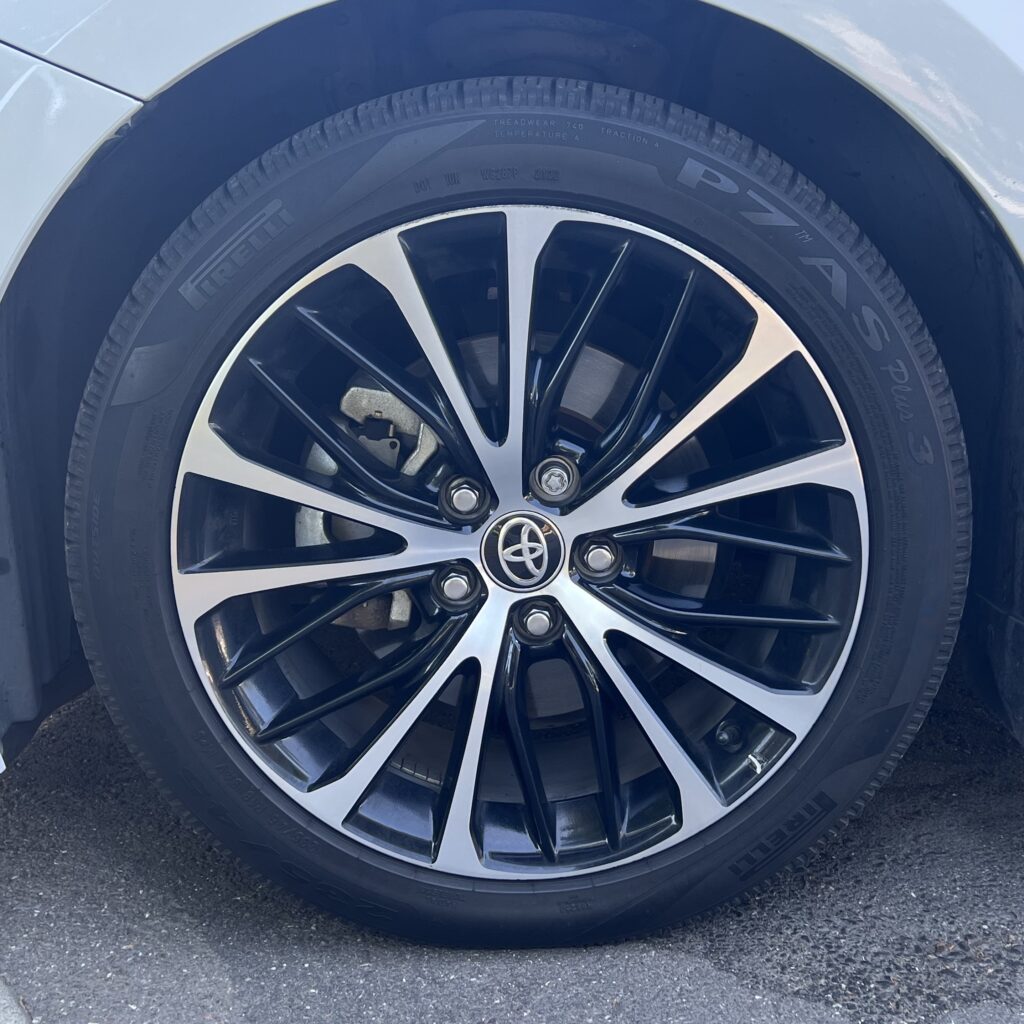
1. **Wheel Alignment Issues**The most common and often cited reason for a car pulling to one side is wheel misalignment. Over time, the angles of your wheels can shift out of their manufacturer-specified settings due to normal driving, or more severely, after encountering potholes, curbs, or rough road conditions. When your wheels aren’t properly aligned, they don’t point in the exact right direction relative to each other and the road, causing the car to drift even when you’re trying to steer straight.
Wheel alignment involves three primary angles: camber, caster, and toe. Camber refers to the inward or outward tilt of the tire when viewed from the front. Caster describes the steering axis angle from the side, influencing steering stability. Toe measures how parallel your wheels are from the top, either pointing slightly inward (toe-in) or outward (toe-out). Even small errors in these settings can make your car pull consistently in one direction, and they can also lead to uneven wear on the inside or outside edges of your tires, significantly shortening their lifespan.
If you suspect a wheel alignment issue, particularly if the car consistently drifts and the steering wheel is off-center when driving straight, a professional alignment check is essential. A mechanic will adjust these angles to match manufacturer specifications, restoring balance and improving handling. It’s recommended to get your alignment checked annually, or whenever you buy new tires, and especially after replacing any worn suspension parts, to keep wear even and driving safe. Always request a before-and-after printout so you can verify the adjustments were made correctly.
In the short term, if your wheel is severely off-center, a shop might be able to temporarily adjust the toe to make the car safer to drive until a full alignment can be performed. However, this is merely a temporary measure. The long-term solution always involves a proper four-wheel alignment, which not only corrects the pulling but also prevents premature tire wear that misalignment can cause in a matter of months. Ignoring alignment issues means you’re literally destroying your tires while making your drive more challenging and potentially unsafe.
Read more about: The Essential Guide to Recognizing the 10 Most Common Signs Your Vehicle’s Clutch Needs Immediate Replacement

2. **Uneven Tire Pressure**Among the simplest yet most common causes of a car pulling to one side is inconsistent air pressure across your tires. When one tire has significantly less air than the others, it affects the car’s balance and steering dynamics. This imbalance creates uneven rolling resistance, meaning the underinflated tire has a larger contact patch with the road, generating more friction and drag. As a result, your vehicle will naturally drift or pull toward the side with the lower pressure, even on a perfectly straight road. Even a difference of just 2-3 PSI can be enough for you to feel a noticeable pull.
Identifying this issue is relatively straightforward. The car will consistently drift toward the side with the lower pressure, and your TPMS (Tire Pressure Monitoring System) might not even warn you unless the pressure drop is substantial. The quick fix for this problem is incredibly simple and something you can easily do at home: check your tire pressures when the tires are cold using a reliable gauge. Inflate all four tires (and the spare, if it’s in use) to the PSI level recommended on your driver’s door placard or in your owner’s manual. This ensures even inflation across all tires, which is fundamental for balanced handling.
For a long-term solution, make checking tire pressure a monthly habit. This proactive approach helps maintain consistent pressure and promptly address any minor fluctuations. If you find a tire that repeatedly loses air, it’s crucial to inspect it for punctures, cracks, or valve stem issues and get any slow leaks fixed. Driving with low tire pressure not only causes a pull but can also prematurely wear out your tires, reduce fuel economy, and in extreme cases, lead to a dangerous blowout. Therefore, addressing uneven tire pressure as soon as you spot it is an important safety measure you should never skip.
Read more about: Unleash Your Inner Mechanic: 15 Essential DIY Car Hacks to Save a Fortune on Maintenance
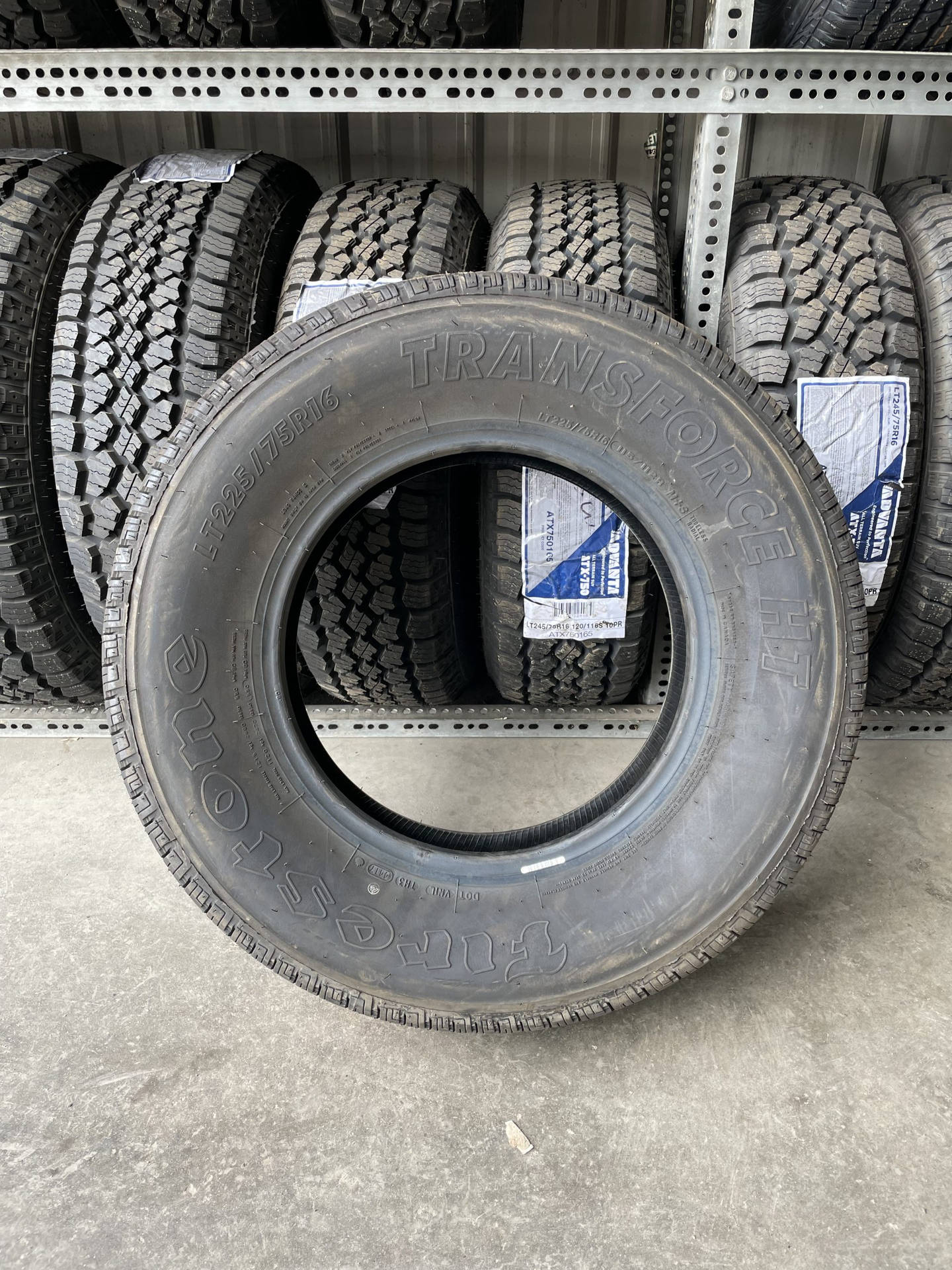
3. **Tire Conicity and Internal Damage (including broken belts)**Tire conicity is a phenomenon that occurs when a tire is manufactured with a slight cone shape, or develops such a shape, instead of being perfectly round. This inherent shape causes the tire to push the car to one side, much like how a rolling cone naturally follows a curved path. Conicity is typically a factory defect, meaning the tire’s tread or casing is slightly cone-shaped, so it intrinsically wants to roll in a curve. However, internal damage, such as a broken belt within the tire’s structure, or extreme uneven wear can create a similar pulling effect, even if the tire wasn’t originally conic.
You can often spot this issue because the pull is constant and doesn’t vary much with speed. A key diagnostic step is to swap the front tires left to right; if the pull changes direction, it strongly suggests a tire-related problem, including conicity or internal damage. In some cases, you might also feel a rhythmic vibration or hear a faint thump while driving, further indicating an internal tire defect. This kind of conicity is often apparent right away in new tires and is typically covered under the manufacturer’s warranty.
For a quick fix, if the tire is still deemed safe (meaning no visible bulges, cuts, or exposed cords), you might temporarily move it from the front axle to the rear. This often reduces the pull you feel through the steering wheel, as the rear wheels have less direct influence on steering feel. However, this is only a temporary measure, and it’s important to remember that a damaged or badly worn tire should be replaced immediately, as driving on it can be dangerous and could lead to tire failure.
The long-term solution is to replace the affected tires, ideally in pairs or a full set, to ensure balanced handling. When installing new tires, it’s highly recommended to ask for Road Force® balancing. This advanced balancing method goes beyond traditional static and dynamic balancing by applying a load to the tire, simulating road conditions, and identifying small tire construction differences that can cause pull or vibration. Professional suppliers like AudioCityUSA ship wheel-and-tire packages that are already Road Force balanced, ready to install and track straight, minimizing such issues from the outset.
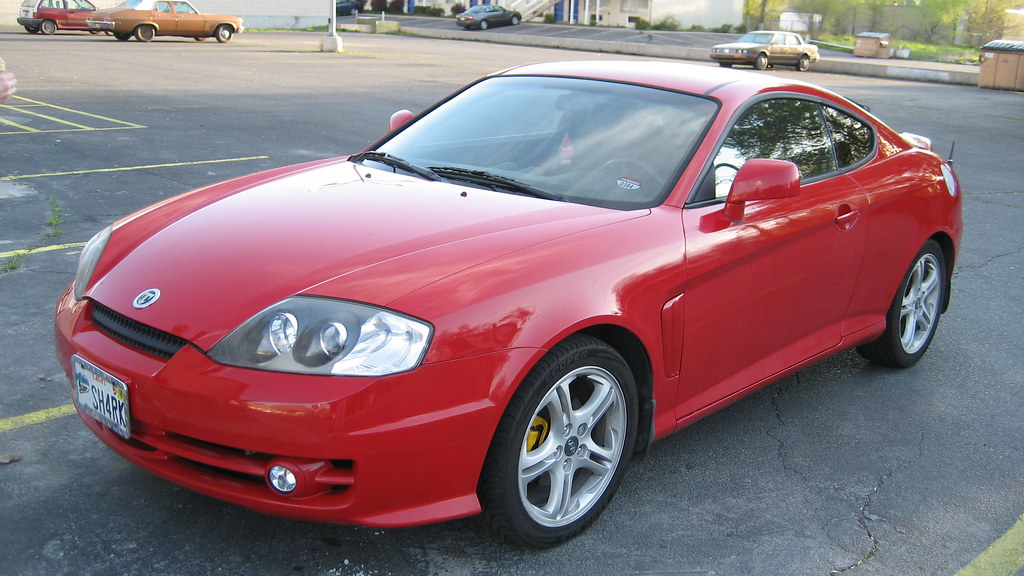
4. **Worn or Damaged Steering and Suspension Components**The steering system controls your car’s direction, while the suspension system supports its weight, absorbs shocks, and maintains proper wheel alignment. If any components within these critical systems are worn, loose, or damaged, your car won’t track straight and may exhibit a noticeable pull or wander. Key parts like tie rods, ball joints, control arm bushings, and strut mounts are designed to keep your wheels stable and correctly aligned. When these components become compromised, they can introduce play or instability into the system.
A common manifestation of these issues is “memory steer,” an industry term for a car that continues to pull in the direction it just turned, even after the steering wheel has been straightened. For instance, if you turn left onto a street, your car might persistently pull to the left. This condition is often caused by worn tie rods, strut bearings, or ball joints, all of which are integral parts of your suspension and steering assembly. Other signs of worn steering or suspension components include clunking noises, squeaking when turning or driving over bumps, or a general looseness in the steering wheel. You might also notice excessive play when attempting to move the steering wheel at the 12/6 or 3/9 o’clock positions while the car is lifted.
For a quick fix, it’s advisable to avoid rough roads and high speeds until proper repairs can be made. Driving on compromised steering or suspension components can worsen the damage and significantly increase the risk of a sudden loss of control. The long-term solution involves a thorough inspection of your suspension and steering systems by a qualified mechanic. They will identify and replace any worn or damaged components. Once these repairs are completed, a full four-wheel alignment is absolutely necessary to ensure proper balance and eliminate any residual pull, as worn suspension parts frequently lead to misalignment.
It is an important notice that worn steering and suspension parts can fail suddenly, potentially leading to a catastrophic loss of vehicle control. Therefore, once these issues are diagnosed, delaying repairs is not advisable. Addressing these problems promptly ensures both your safety and the longevity of your vehicle’s other components, such as your tires, which can suffer rapid, uneven wear if the underlying steering or suspension issues are not resolved.
Read more about: Unleash Your Inner Mechanic: 15 Essential DIY Car Hacks to Save a Fortune on Maintenance
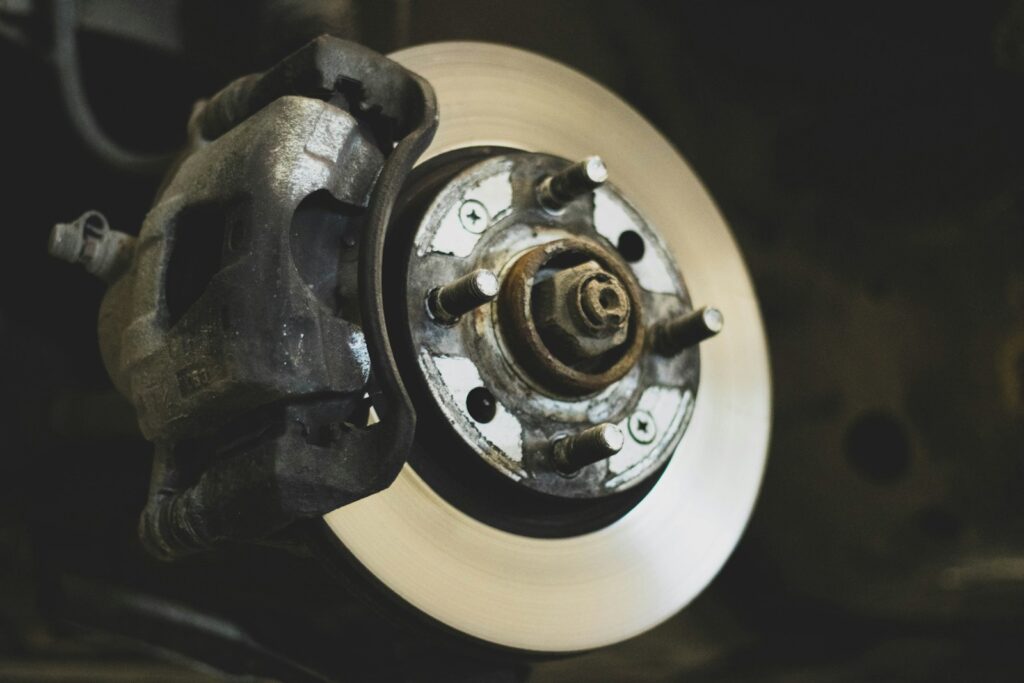
5. **Brake System Problems (uneven wear, stuck calipers)**If your car predominantly pulls to one side when you apply the brakes, the braking system is likely the culprit. Problems with your vehicle’s brakes, such as a stuck caliper, unevenly worn brake pads, or a malfunctioning brake hose, can cause an uneven distribution of braking force. When one side of the vehicle receives more braking pressure than the other, it will naturally cause the car to pull sharply in that direction. This can be a particularly alarming and dangerous situation, especially during sudden stops or in slippery conditions.
One common example of a brake-caused pulling problem is a stuck caliper. Calipers are responsible for applying pressure to the brake pads against the rotor. If a caliper becomes seized or its slide pins become sticky, it can cause the brake pad on that wheel to remain partially engaged or apply excessive pressure, even when you’re not actively braking. This constant drag creates more friction on that side, leading to a pull. Other signs of brake issues include hearing squeaking or grinding noises when you apply the brakes, or noticing that one wheel feels significantly hotter than the others after a short drive due to constant friction.
As a quick fix, if you notice a pull when braking, it’s crucial to limit your driving and avoid hard braking until the system can be professionally inspected. Driving with brake drag can quickly overheat and severely damage your braking system, potentially leading to total brake failure, which is an urgent safety concern. The long-term solution involves having a mechanic inspect the entire braking system. They will check the brake pads, rotors, calipers, and fluid lines. If pads are unevenly worn, they should be replaced in pairs. A mechanic will also service or replace stuck calipers, worn hoses, and ensure all components are in good condition to restore proper, balanced braking force.
After replacing worn parts, a mechanic can align the brake system to prevent future issues. Given the critical role brakes play in vehicle safety, especially in challenging driving conditions, any unusual behavior, noise, or pulling when braking should be addressed immediately. Prompt diagnosis and repair will ensure your braking system operates effectively and reliably, keeping you safe on the road.

6. **Uneven Tread Wear**Uneven tread wear on your tires can be a significant contributor to your car pulling to one side, even if other components seem fine. If the tread wears down disproportionately on one side of a tire, or if there’s a substantial difference in wear across tires on the same axle, it creates an imbalance in grip and rolling resistance. The side with more tread or better grip will interact with the road differently than the side with less, leading the car to pull towards the direction of the more worn or ‘grippier’ side. This effect becomes more pronounced as the wear difference increases.
This condition rarely occurs in isolation; uneven tread wear is often a symptom of underlying problems such as improper wheel alignment, inconsistent tire pressure (as discussed earlier), or issues with your suspension components. For example, excessive camber can cause wear on one edge of the tire, while incorrect toe can scrub the tire across the road surface. If you’ve recently swapped out your tires (e.g., for summer/winter sets or a brand new set), the different tread patterns than what you’re used to might also be the culprit behind a perceived vehicle pull. Tires with more aggressive tread patterns, like off-road tires, will drive differently than lower-profile treads, and you might feel your steering pull more accordingly.
To address uneven tread wear as a quick fix, regular tire rotation is paramount. Rotating your tires periodically helps to distribute wear more evenly across all four tires, extending their lifespan and maintaining consistent handling characteristics. For most vehicles, rotation is recommended every 5,000–7,500 miles or according to your vehicle’s owner’s manual. A professional mechanic typically performs a tire rotation during routine maintenance, such as an oil change, taking into account your vehicle’s specific rotation pattern (which varies depending on whether it’s front-wheel drive, rear-wheel drive, or all-wheel drive).
The long-term solution involves not just rotating tires but also identifying and rectifying the root cause of the uneven wear. This means having your wheel alignment, tire pressure, and suspension components checked regularly. If the underlying issues—be it misalignment, incorrect inflation, or a worn suspension part—are not addressed, new or freshly rotated tires will simply begin to wear unevenly again, perpetuating the pulling problem. By maintaining these aspects of your vehicle, you ensure your tires wear uniformly, providing optimal grip and keeping your car tracking straight and true.
While many common pulling issues stem from tires, alignment, brakes, or suspension, some deeper mechanical failures and even external environmental factors can also throw your car off course. Understanding these less obvious culprits is key to a complete diagnosis and a truly straight-tracking ride. In this second part of our guide, we’ll investigate more specific mechanical problems, delve into environmental influences, and look at potential challenges that can arise with new wheel fitment.
Read more about: Unleash Your Inner Mechanic: 15 Essential DIY Car Hacks to Save a Fortune on Maintenance
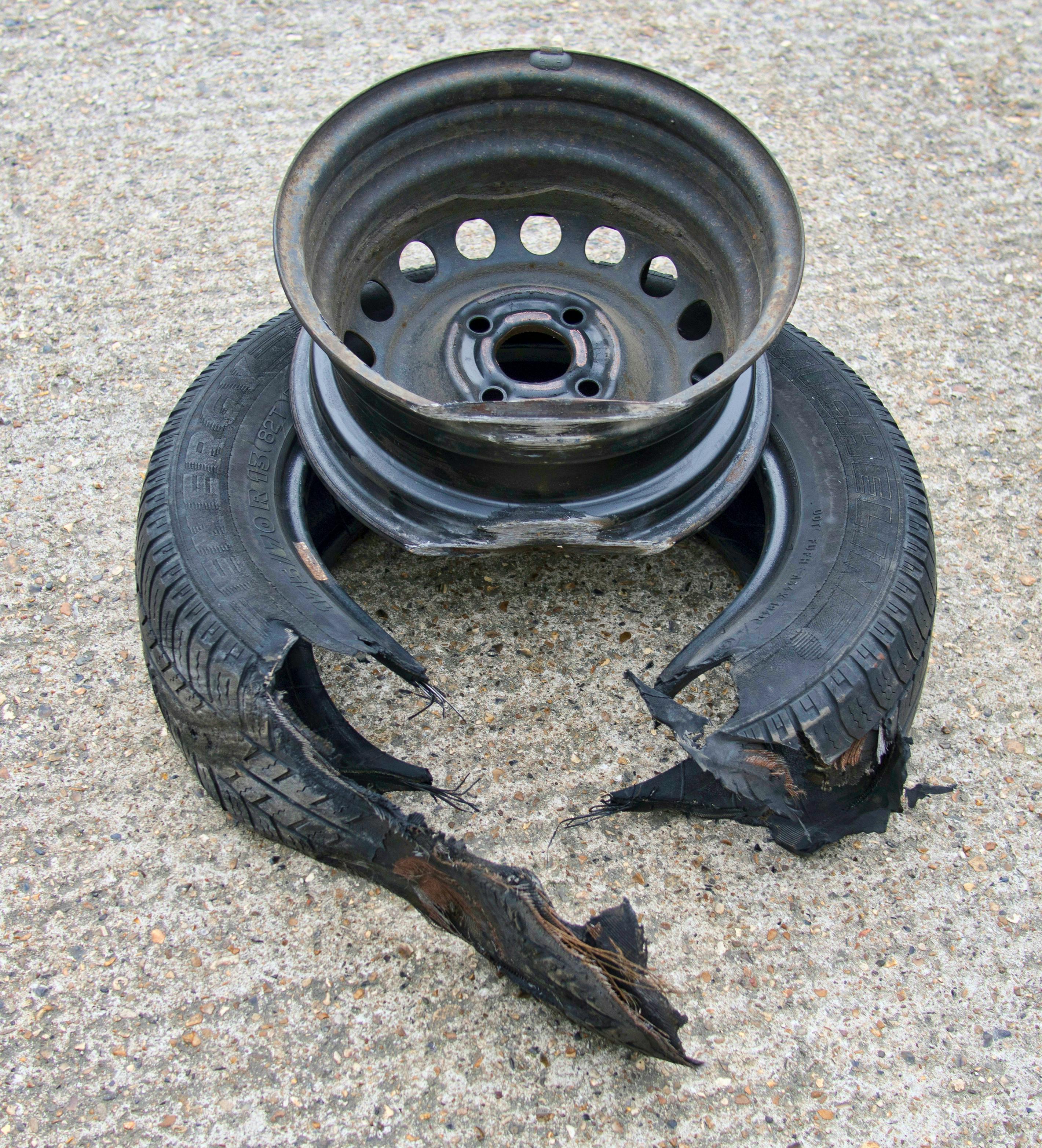
7. **Dented Wheel Rims / Bent or Damaged Wheels****What it means:** For smooth driving, car wheels must be perfectly round and balanced. A dented, bent, or out-of-round wheel rim directly impacts how the tire meets the road. This uneven contact creates an imbalance that can cause a noticeable pull or wobble, especially at higher speeds. Such damage often results from hitting curbs, potholes, or rough terrain, deforming the rim’s metal.
**How to spot it:** Visual inspection is key; look for visible dents, cracks, or bends along the rim’s edge. You might also feel a steering wheel vibration, particularly at certain speeds, or notice a general wobble. The pull might be mild and inconsistent, but it will generally persist.
**Quick fix now:** If a dented rim is suspected, minimize driving, especially at high speeds, to prevent tire or suspension damage. Visually check for obvious damage. If minor and not affecting tire pressure, careful driving to a repair shop might be possible. However, if the wheel or tire appears severely deformed, a tow truck is recommended to prevent further damage.
**Long-term solution:** A professional inspection is essential. Depending on severity, the wheel may need specialized repair or complete replacement. After repair or replacement, re-balancing (preferably Road Force® balancing) is highly recommended. Also, get your wheel alignment checked, as rim damage can easily throw alignment out of spec, perpetuating pulling problems.
**Important notice:** A damaged or bent wheel is a serious safety risk. It can crack, lead to slow air leaks, or fail suddenly, causing loss of control. Promptly addressing a dented rim is crucial for safety and the longevity of your tires and suspension. Always verify fitment and avoid road hazards.
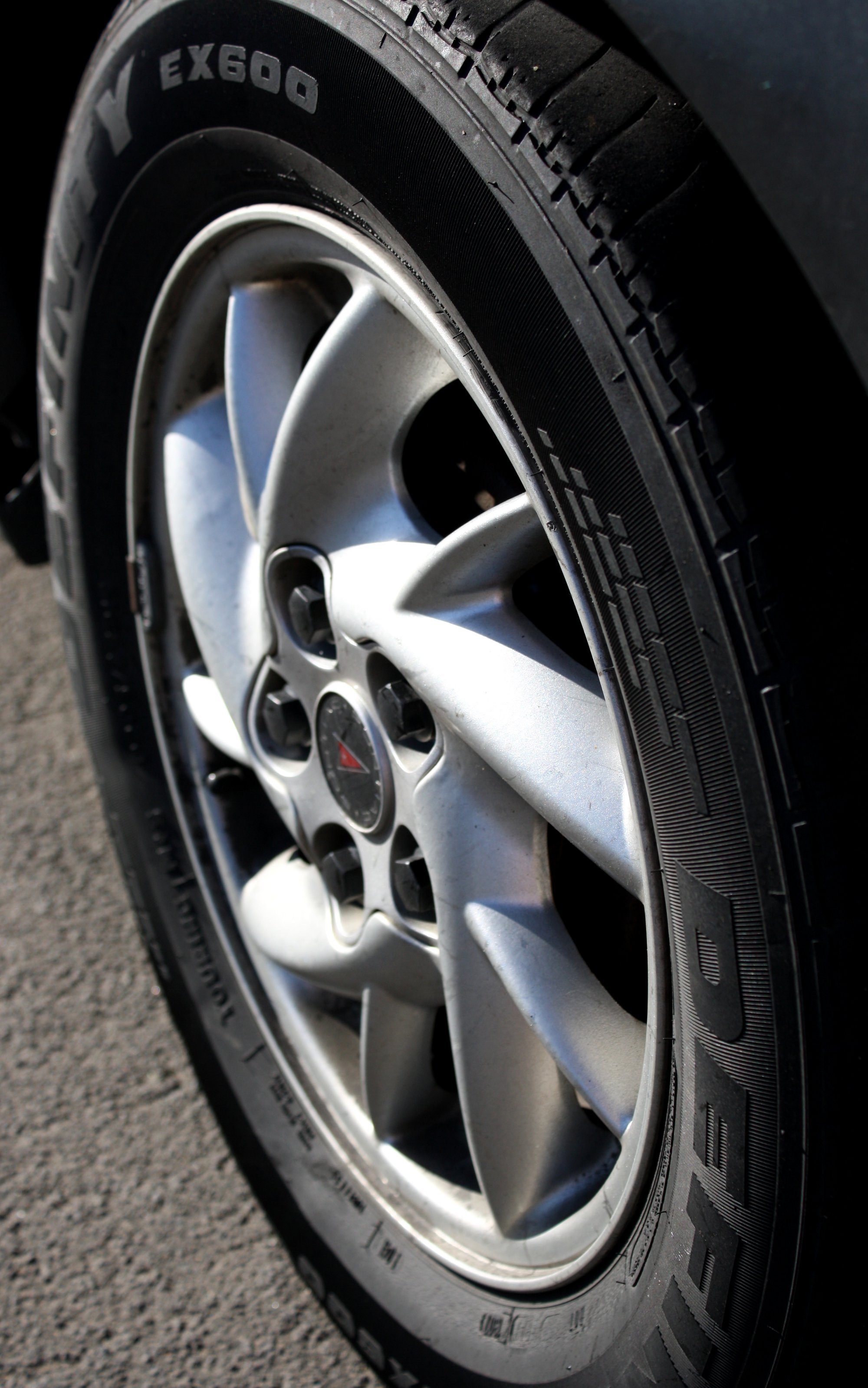
8. **Wheel Bearing Problems That Cause Steering Pull and Vibration****What it means:** Wheel bearings allow wheels to spin freely and smoothly, supporting the vehicle’s weight. Located within each wheel hub, they endure constant stress. When a bearing wears out or fails, it creates increased friction and resistance on that wheel, leading the car to pull to that side due to imbalanced drag.
**How to spot it:** A failing wheel bearing often signals with auditory and tactile cues. Listen for a growling, humming, or roaring noise that changes with speed, potentially intensifying when turning. You might also feel a subtle pull that changes with gentle steering, or a wobbling/shaking in the steering wheel.
**Quick fix now:** If a bad wheel bearing is suspected, minimize driving distance and speed. A failing bearing generates excessive heat and can degrade rapidly, risking damage to other components. Get the vehicle inspected by a qualified mechanic as soon as possible. Driving on a compromised bearing is both uncomfortable and dangerous.
**Long-term solution:** Prompt replacement is the definitive long-term solution. In most modern vehicles, this involves replacing the entire sealed hub assembly. This job requires specialized tools and expertise for proper installation, making professional mechanic service essential. Post-replacement, handling should normalize, eliminating the pull and noise.
**Important notice:** A failing wheel bearing should never be ignored. Left unaddressed, it can seize completely, locking the wheel unexpectedly, which is catastrophic and extremely dangerous. In severe cases, the wheel hub could even separate. Thus, treating a suspected wheel bearing issue as urgent is paramount for safety.
Read more about: How to Master Classic Car Winterization: An In-Depth Guide for Safeguarding Your Cherished Vehicle Through the Cold Months

9. **Car Pulls When Accelerating? Torque Steer****What it means:** Torque steer is a phenomenon primarily in front-wheel-drive (FWD) vehicles, causing the car to pull to one side during acceleration. It occurs because the engine’s power, or torque, isn’t distributed perfectly evenly to both front wheels, or due to inherent design characteristics. One wheel effectively “outruns” the other, making the vehicle veer, especially during hard acceleration or on uneven surfaces.
**How to spot it:** The key indicator is timing: the pull is distinct and often strong when accelerating, diminishing when you ease off or maintain steady speed. It’s more pronounced in powerful FWD cars or during rapid acceleration. Avid car enthusiasts or those with high-powered FWD vehicles might experience this frequently.
**Quick fix now:** To mitigate torque steer temporarily, ease into acceleration rather than pressing the throttle aggressively. Also, ensure front tires are inflated to identical, correct pressures and are of the same size and type. These are temporary measures, not addressing underlying mechanical issues.
**Long-term solution:** A lasting solution requires a thorough inspection of the drivetrain and suspension. Worn or damaged axle components, like CV axles or joints, can worsen torque steer and should be replaced. Worn engine or transmission mounts, allowing excessive engine movement, also contribute. Inspecting and repairing uneven suspension or alignment will help restore balanced power delivery and straight-line acceleration.

10. **Tire Separation****What it means:** Tire separation is a highly dangerous condition where a tire’s internal structural layers—like steel belts or fabric plies—detaches from each other or from the tread. This compromises structural integrity, causing deformation and unpredictable behavior, often leading to rapid air loss or catastrophic failure. It demands immediate attention.
**How to spot it:** Symptoms often include a significant shake or wobble felt through the steering wheel or vehicle, especially at low speeds. Visual inspection might reveal bulges or uneven spots on the tire surface. An unusual thumping noise can also indicate deformation. A sudden, strong pull or steering wheel jerk, particularly at speed, could signal an imminent tire blowout from separation.
**Quick fix now:** If you observe any signs of tire separation or a sudden, severe pull suggesting imminent failure, stop driving immediately. Do not attempt to drive further, as a blowout could occur. Safely pull over, maintain a firm grip on the wheel, and arrange for a tow.
**Long-term solution:** Immediate replacement of the affected tire is the only safe long-term solution; separation cannot be repaired. When replacing, consider replacing tires in pairs on the same axle, or ideally all four, to maintain balanced handling, especially if tires are old. Inspect other tires for similar issues and address root causes like improper loading or maintenance.
**Important notice:** Tire separation directly precedes a dangerous tire blowout. Causes include manufacturing faults, overloading, overheating (from high speeds or extreme temperatures), incorrect maintenance, age-related degradation, or severe road hazards. Ignoring these signs poses extreme risk to all on the road.
Read more about: The Golden Age Titans: 7 Studio Bosses Who Mastered Hollywood’s Power System Through the 1950s

11. **Road Crown, Crosswinds, or Uneven Load: External Factors That Cause Pulling****What it means:** Not all car drifting stems from mechanical faults; sometimes, the environment is the cause. Roads are often built with a slight slope, called a “road crown,” for water drainage. This angle can cause a car to gently drift even with perfect alignment. Strong crosswinds also push vehicles sideways, requiring constant correction. Unevenly distributed or excessively heavy cargo can shift the vehicle’s center of gravity, causing an imbalanced pull.
**How to spot it:** Diagnose external factors by observing when and where the pull occurs. If it changes or disappears on different lanes, flatter roads, or when winds subside, road crown or crosswinds are likely. A pull becoming more pronounced with heavy cargo, or changing direction when cargo is shifted, points to an uneven load. A drift over one lane in 5 seconds at 60 mph signifies a serious tire pull beyond simple road crown influence.
**Quick fix now:** For road crown, use flatter lanes or consciously adjust steering. When facing crosswinds, maintain a firm grip and prepare for gusts. For uneven loads, pull over and redistribute heavy cargo evenly. These temporary adjustments can immediately improve stability.
**Long-term solution:** Understanding these external factors prevents unnecessary mechanic visits. If you frequently drive on severely crowned roads, a specialized alignment shop *might* set a small alignment bias to compensate. However, this is specific to certain conditions; discuss thoroughly with a trusted professional to ensure it suits your vehicle and typical routes. Always confirm if it’s right for your specific vehicle.
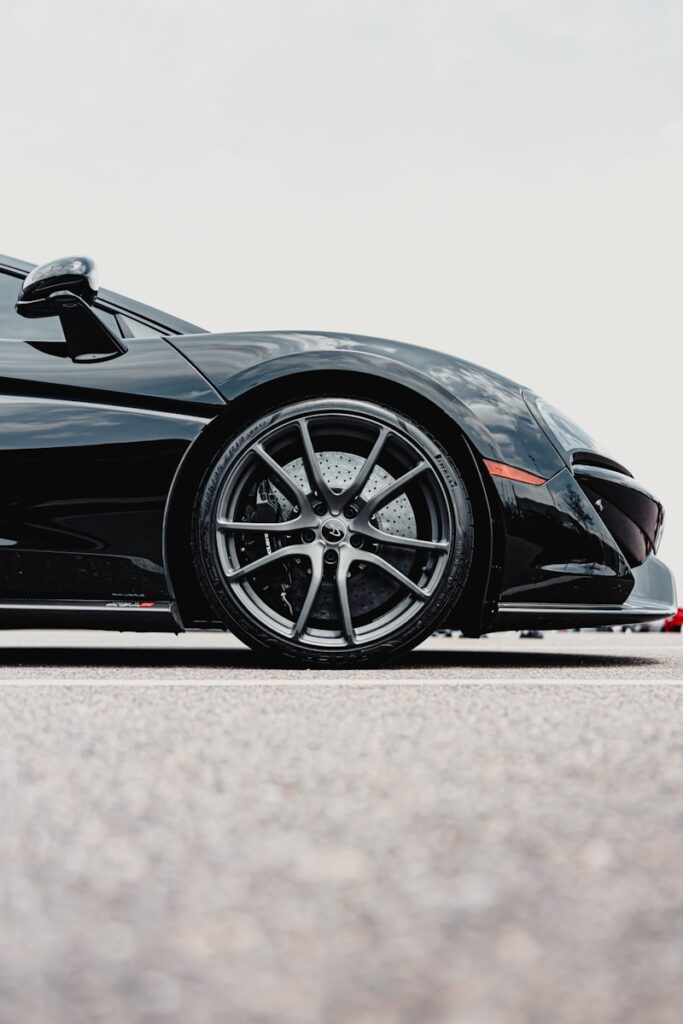
12. **New Wheels Causing Pull or Vibration? Common Fitment Mistakes That Affect Handling****What it means:** Upgrading wheels can enhance aesthetics and performance, but incorrect fitment can cause pulling, twitchy steering, or vibrations. This happens when new wheels have the wrong offset, unsuitable width, or lack hub-centric rings to properly center them. Such discrepancies disrupt the vehicle’s precise geometric engineering, leading to various handling problems.
**How to spot it:** The primary indicator is that the pull, vibration, or unusual steering feel starts immediately after new wheels or tires are installed. You might notice new vibrations at specific speeds, or a general feeling of less predictable or responsive steering. Sometimes, it presents as a mild, inconsistent pull, making you suspect the recent wheel change.
**Quick fix now:** If problems arise right after installation, return to the installer. They should recheck installation, ensure proper torquing, and verify balancing. Temporarily, driving cautiously and at lower speeds can mitigate effects until a professional evaluates fitment and balance.
**Long-term solution:** The definitive solution is ensuring proper wheel fitment, including correct offset, width, and utilizing hub-centric rings if the wheel’s center bore is larger than your vehicle’s hub. Choose reputable suppliers offering expert fitment guidance. Crucially, new wheels and tires must be professionally mounted and Road Force® balanced. This advanced method corrects minute construction differences that cause pull or vibration, ensuring a straight ride. Suppliers like AudioCityUSA provide pre-balanced, ready-to-install packages.
**Important notice:** Improper wheel fitment is not just cosmetic; it prematurely stresses suspension components, causes accelerated tire wear, and critically, creates unsafe handling, especially during emergencies. Always verify fitment specifications and seek professional installation to ensure upgrades enhance, not compromise, safety.
***
As we’ve journeyed through the intricate network of reasons why your car might pull to one side, it becomes clear that this seemingly simple annoyance is a complex dialogue your vehicle is having with you. It’s a call for attention, a signal that something, big or small, has shifted out of harmony. From foundational checks to nuanced diagnostics of failing wheel bearings, torque steer, or even subtle environmental influences, each potential culprit offers a piece of the puzzle. Empowering yourself with this knowledge means transforming from a frustrated driver into a confident vehicle owner, capable of identifying issues, making informed decisions, and enjoying every journey with peace of mind. Your car is an intricate machine, and understanding its language is the first step toward a safer, smoother, and more enjoyable driving experience for years to come. Ultimately, a car that drives straight and true is a testament to good maintenance and informed care, ensuring every mile is a pleasure, not a struggle.


